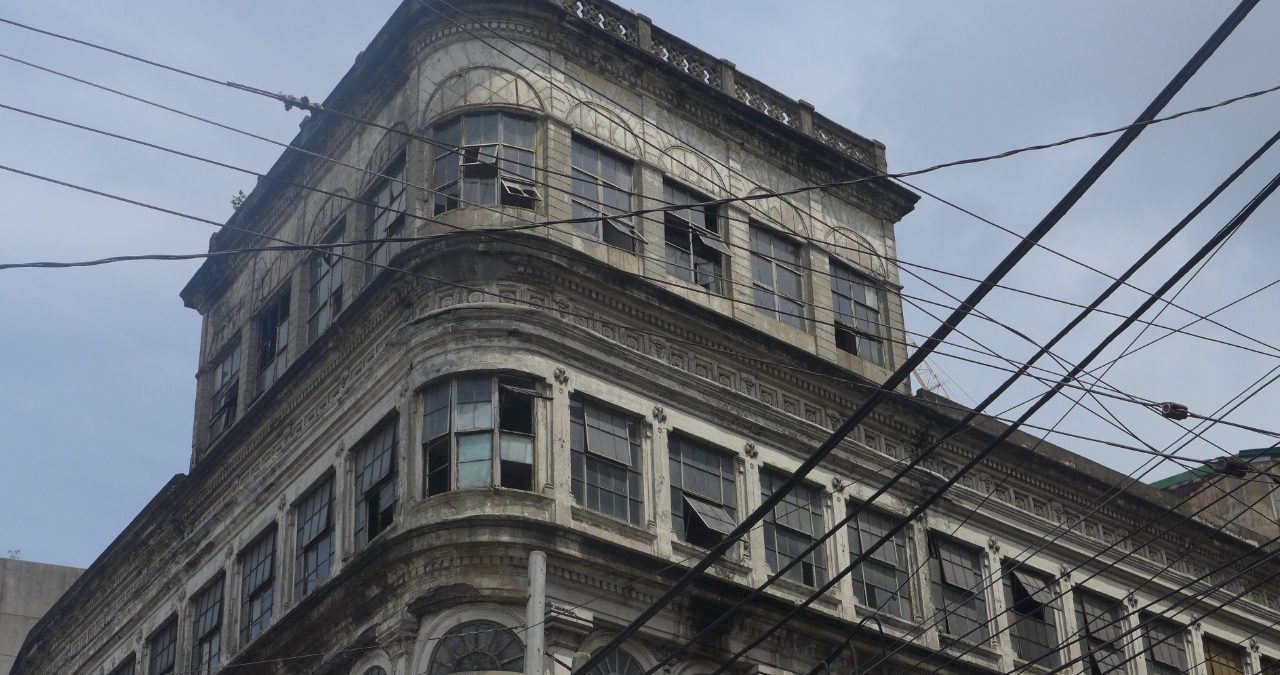
Keep up with our latest news and projects!

People and place are inseparable; a two-in-one. A place without people is dead, and people make spaces into places through their attachment. There are many ways for people to be attached to a place — from a mere glimpse, or a brief visit, to inhabitation. The longer one stays in a place, the more intense the interaction with the local community, and slowly attachments to the place form and grow into love. This is a process that requires time, there are no quick fixes.
The intangible traditions and tangible forms carry the memory and the identity of a place. It is the ‘DNA’ of the place that needs to be preserved and nurtured amidst inevitable changes along the historical timeline. The management of permanence and change is the essence of heritage conservation.
The built environment reveals layers of the unique history of a city and its inhabitants. Placemakers value the soul of a city, and love to bring back life that may have gone missing over time. Old buildings and places have stories to tell, and placemaking has the power to reinvigorate that in new ways. Often historic parts of a city have unique and existing human-scale qualities that tend to get obscured by the longing for modernity in development. How to care for our heritage while moving ahead?
Placemaking comes with challenges and opportunities in any urban setting. However, Asia’s historic city centres present a particularly complex environment — with a complex and a continuously shifting multi-ethnic population that have different values of identity and place, often beleaguered by complicated or even contested ownership of properties. Immense pressure on space and competing interests for the use of that space between different segments in the community may result in tensions between long-time residents and newcomers, old and young generations, and also between residents and visitors. Each of these groups may have different locational preferences. They may benefit from rising property prices, or not, they may use public facilities or not, they may use the space at different times of the day or year (day, night, seasonal), they may have a different sense of place (for some a temple, market or tree is a daily necessity, for some just a nice backdrop) and they may have a different sense of ownership and belonging (collective identity).
The story of a place is the story of the people and the community who love it. One person tells the other of the love stories about the relationship between people and place. The story is then handed down from generation to generation, fostering the memory of place.
The internet and social media have helped to spread and to perpetuate these stories. Dynamic social media platforms like Facebook, Instagram, Twitter, Pinterest, etc. help to spread information and attract interests across the globe, beyond static portals like Websites and Blogs. Travel Apps that work on multiple platforms help to connect local communities and places to global individual travellers and visitors.
To deal with this complex landscape, both the outcome and the process of placemaking should respond to the specific challenges of each historic district. Moreover, today’s planners and place-makers need to do so with urgency. From Bangkok to Beijing, urban development takes place at such a fast pace that the soul of the city can get lost within one generation. In striving for modernity, old neighbourhoods are being demolished to make way for modern infrastructure and skyscrapers, often with little reference to the architectural or historical significance of the place. Gentrification is a global phenomenon, but in Asia, often the speed and scale ruthlessly disrupts the existing social and cultural urban fabric. It is not just buildings that are demolished to make place for taller structures, but whole streets which are erased from the map. And with the disappearance of the tangible, the intangible values comprising collective identity and memories of place also vanish. In Asia’s historic districts, we see many examples of lost heritage, uprooted communities, and damaged streetscapes.
Compared to well-resourced municipal governments in the West, often local or district governments in Asian cities have limited resources or budget to manoeuvre or to make significant scale investments in the renovation and upgrading of buildings, infrastructure, or public space. With some notable exceptions, the local tax base is usually limited, political leverage constrained, and therefore it is typically property owners and developers that dictate development. In Asia’s competitive land and real estate markets, a meaningful discussion about city planning boils down to economics. In older neighbourhoods, demolition and newly built is the norm, and one cannot simply blame property owners or developers. Without incentives, co-investment or a district-wide approach, it is difficult to build the business case for preservation. Their financial advisors will insist that by preserving a historic property, their return on investment is compromised, and while others may benefit, they carry a disproportionate financial loss. As a result, not all concepts that are successful in ‘the West’ may work in ‘the East’. Solutions need to be tailored to the country and city context and the challenge is to look for creative and innovative ways to involve and entice multiple stakeholders, in particular, the ones that drive development.
The examples in this book show a variety of ways in which different parties in historical inner cities have found common ground to upgrade, revitalise, and reenergise their districts with an emphasis on the public space component. The cases presented here select a broad range of interventions and partnerships and highlight specific and contextual complexities. What we can learn from these cases is: